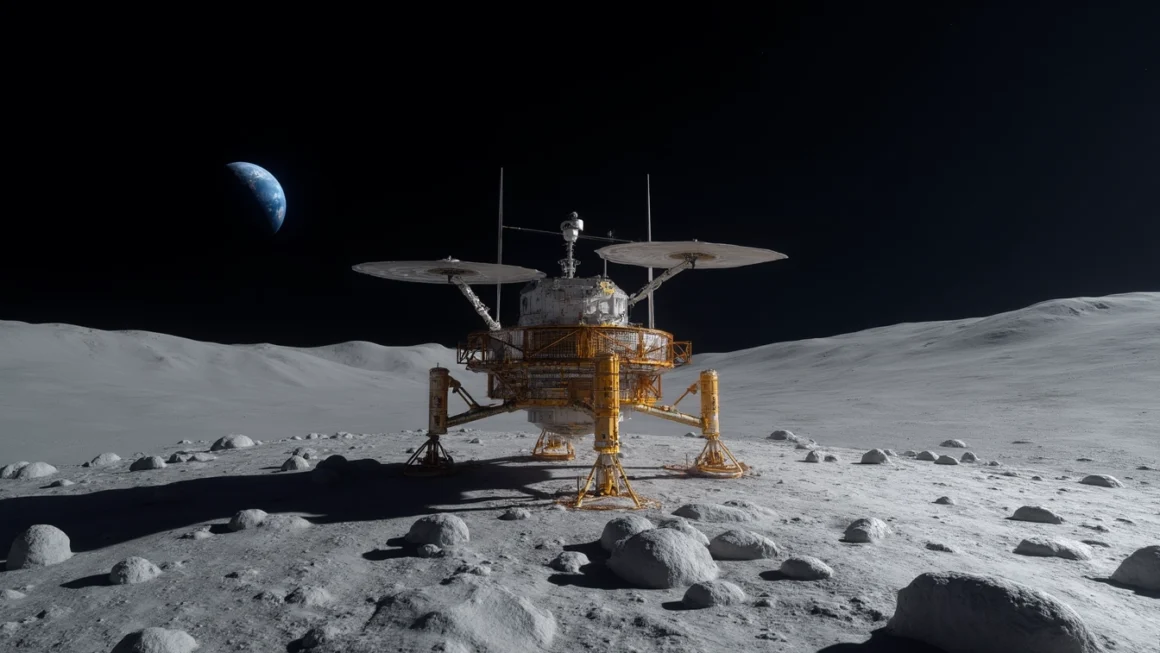Understanding the Impact of India’s Historic Moon Landing
Table of Contents
India has achieved a remarkable feat in space exploration, successfully landing a spacecraft near the Moon’s south pole. This groundbreaking mission, known as Chandrayaan-3, marks a significant milestone not only for India but for the entire global space community.
The Significance of the Landing Site
The choice to land near the Moon’s south pole was strategic and scientifically motivated. This region is of particular interest to researchers due to the potential presence of water ice in permanently shadowed craters. The discovery and utilization of water resources could be crucial for future lunar missions and potential human settlements on the Moon.
India’s Rise as a Space Power
This successful mission cements India’s position as a major player in space exploration. It demonstrates the country’s technological prowess and its ability to conduct complex space operations at a fraction of the cost compared to other space agencies. India’s space program, led by the Indian Space Research Organisation (ISRO), has shown remarkable progress over the years, moving from satellite launches to interplanetary missions.
Global Reactions and Congratulations
The international community has warmly received India’s achievement. Space agencies and leaders worldwide have extended their congratulations, recognizing the significance of this accomplishment. This global acknowledgment underscores the collaborative nature of space exploration and the shared excitement for new discoveries.
Scientific Objectives and Future Implications
Chandrayaan-3’s mission goes beyond just landing on the Moon. The spacecraft is equipped with various scientific instruments designed to study the lunar surface’s composition, seismic activity, and the presence of elements such as sulfur. These studies could provide valuable insights into the Moon’s geology and potentially inform future missions, including those aimed at establishing a permanent human presence on the lunar surface.
Technological Advancements and Innovations
The success of this mission highlights several technological innovations. The spacecraft’s ability to make a soft landing in the challenging terrain of the lunar south pole region is a testament to India’s engineering capabilities. Moreover, the mission’s relatively low cost demonstrates India’s expertise in frugal innovation, potentially paving the way for more cost-effective space exploration in the future.
Inspiration for the Next Generation
India’s moon landing is likely to inspire a new generation of scientists, engineers, and space enthusiasts. It showcases the possibilities that arise from dedication, innovation, and perseverance in scientific pursuits. This achievement could motivate young minds to pursue careers in STEM fields, particularly in space science and technology.
Economic and Geopolitical Implications
Beyond its scientific significance, this mission has potential economic and geopolitical implications. It could boost India’s space industry, attracting international collaborations and investments. Additionally, it strengthens India’s position in the global space race, potentially influencing future international space policies and collaborations.
Challenges Overcome and Lessons Learned
The journey to this successful landing was not without challenges. India’s previous attempt with Chandrayaan-2 in 2019 faced setbacks, with the lander crashing on the lunar surface. The lessons learned from that mission were crucial in ensuring the success of Chandrayaan-3. This demonstrates the iterative nature of space exploration and the importance of learning from failures.
The Road Ahead
As Chandrayaan-3 begins its scientific operations on the lunar surface, the global scientific community eagerly awaits the data and discoveries that will emerge. This mission opens up new possibilities for lunar exploration and sets the stage for more ambitious projects in the future. Automation tools like those used in space missions could play a crucial role in analyzing the vast amounts of data collected, streamlining future space exploration efforts.
Conclusion
India’s successful moon landing is a testament to human ingenuity and the relentless pursuit of knowledge. It marks a new chapter in lunar exploration and reinforces the importance of international cooperation in space research. As we celebrate this achievement, we look forward to the scientific insights it will bring and the doors it will open for future space missions. This historic moment serves as an inspiration for nations worldwide and a reminder of the incredible feats humanity can achieve when we reach for the stars.




